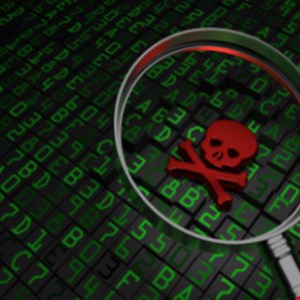- How global threat actors are weaponizing AI now, according to OpenAI
- The viral Air Purifier Table is my smart home's MVP (and it's on sale for $179)
- Grab the Galaxy S25 Edge for $170 off and get a free Amazon gift card - but act fast
- How I learned to stop worrying and love my health tracker
- I found a free iPhone 16 deal that doesn't require a trade-in (and applies to Pro models, too)
Global Malware Volumes Increase for First Time in Three Years

Global ransomware volumes shrunk by 23% year-on-year (YoY) in the first half of 2022, but overall malware surged by 11% over the period, according to new data from SonicWall.
The mid-year update to the firm’s 2022 SonicWall Cyber Threat Report is based on analysis of one million security sensors over 200 countries, as well as third-party sources.
The 2.8 billion malware attacks detected in the first half of 2022 represents the first recorded growth in global malware volumes in three years, according to SonicWall.
Although ransomware volumes dipped to 236 million, they surged in Europe (63%), which also saw a 29% YoY increase in overall malware attacks.
“As bad actors diversify their tactics, and look to expand their attack vectors, we expect global ransomware volume to climb – not only in the next six months, but in the years to come,” said SonicWall CEO and president, Bill Conner.
“With so much turmoil in the geopolitical landscape, cybercrime is increasingly becoming more sophisticated and varying in the threats, tools, targets and locations.”
There was also a major increase in encrypted threats designed to evade detection (132%) by using HTTPS tunnels, and of threats targeting IoT systems (77%). Real recorded volumes were 4.9 million and 57 million respectively.
SonicWall detected 270,228 never-before seen malware variants, a 45% increase on the same period in 2021, which could pose problems to organizations without advanced detection software.
The financial services sector appears to be among the hardest hit so far this year. It faced a 100% increase in malware attacks, a 243% surge in ransomware attempts and a massive 269% increase in cryptojacking attempts.
However, these are not figures for compromise but rather attacks, so it’s unclear how many organizations were materially impacted by them.
“With major increases in encrypted threats, IoT malware, cryptojacking and new unknown variants, it’s critical that cybersecurity leaders have all the required tools and technology to proactively detect and remediate against increasingly sophisticated and targeted threats to their business,” argued Conner.

